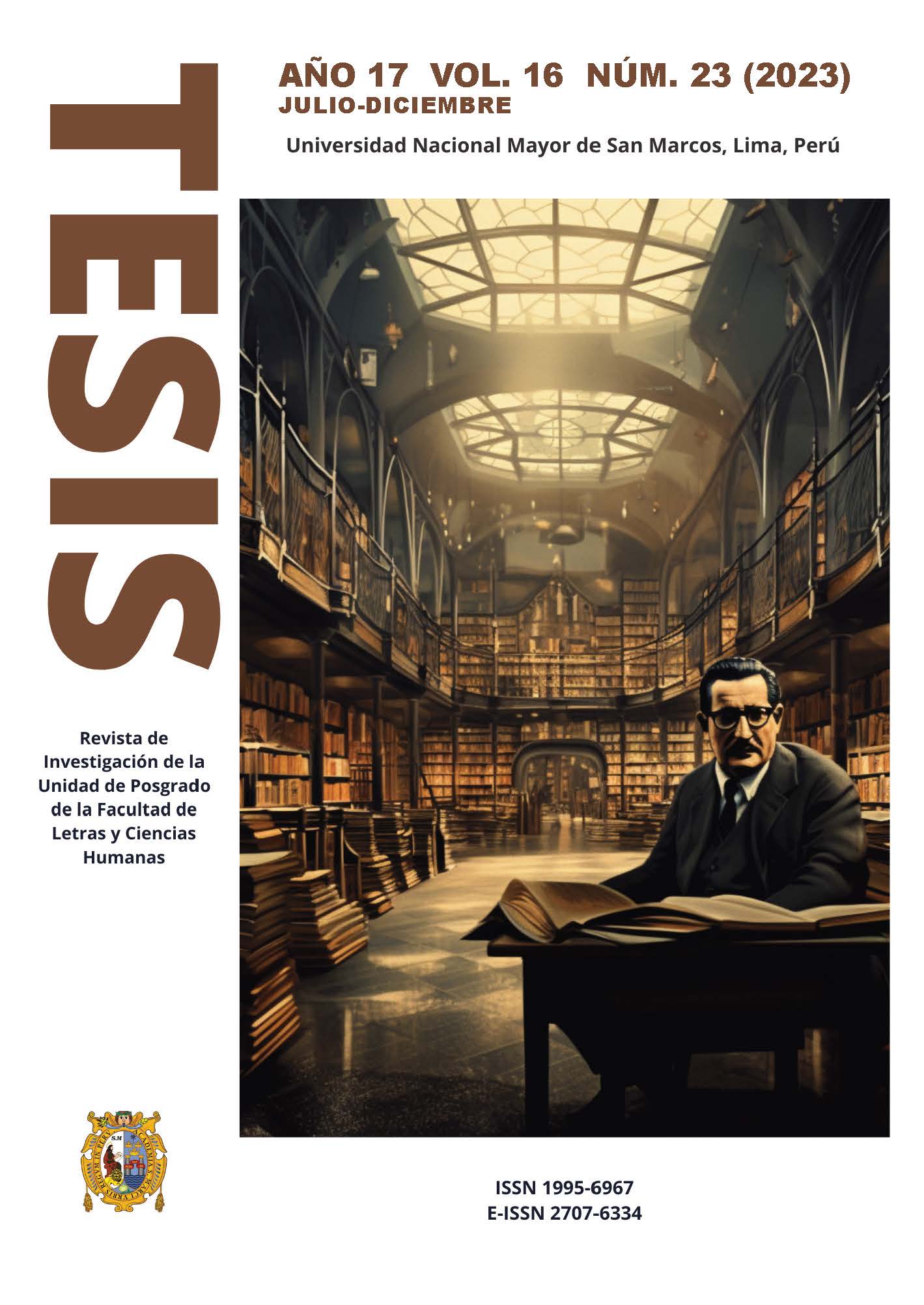Painting in Ayacucho in the 80’s
DOI:
https://doi.org/10.15381/h29nwr17Keywords:
painting, style, figuration, symbolism, messageAbstract
In a global framework, many social, cultural and political events had an impact on Peruvian plastic arts in the 1980s; however, many regions and towns far from the capital were relegated and ignored, thus evidencing a pictorial centralism aligned with contemporary Lima arts. In the case of Ayacuchana painting, it shows a figurative production with some deficiencies in drawing and color in the midst of a very handcuffed social and political context due to the internal armed conflict. There were very tense moments in the corridors and classrooms of the “Felipe Guamán Poma de Ayala” School of Fine Arts, these conditions connote limitations to a visual creation in a first period (1980-1985) traditionalist and costumbrista painting, then sensations are expressed and emotions to conflicting events where the victims were Andean men (1986-1989) with a testimonial painting. In this way, the following question is posed: To what extent does Ayacuchana painting express its tradition and local history in the 80s? To respond, a methodology of visual analysis of the content and message will be used, developing a descriptive, analytical and critical study of each of the works chosen for this study.
References
Acevedo, J. (1975). La Escuela Regional de Bellas Artes de Ayacucho: una experiencia revolucionaria. Textual, 10, 71-79. https://icaa.mfah.org/s/es/item/1139339#?c=&m=&s=&cv=&xywh=-1577%2C-18%2C4852%2C2444
Acha (2012). Arte y sociedad latinoamericana. El sistema de producción. Editorial Trillas. Arnold (2020). Historia del arte: Una breve introducción. Alianza Editorial.
Buntinx, G. (2006). Los signos mesiánicos. Fardos y banderas en la obra de Eduardo Tokeshi durante la “República de Weimar peruana” (1980-1922). Más dos postdatas. En K. Power (ed.), Pensamiento crítico en el nuevo arte Latinoamericano (pp. 73-130). Fundación Cesar Manrique.
Belting, H. (2012). Antropología de la imagen. Katz Editores.
Castrillón, A. (2001). ¿El ojo de la navaja o el filo de la tormenta? Editorial Universitaria Ricardo Palma.
Castrillón, A. (2014). Tensiones generacionales. Editorial Universitaria Ricardo Palma.
Germaná, G., Contreras, C., Ikehara, H., R. y Kusunoki e Yllia, M. E. (2022). Nación. Imaginar al Perú desde el Museo Central. Lima, Perú. Banco Central de Reserva del Perú (MUCEN)
Danto, A. (2019). Después del fin del arte. Paidós.
López, F. (2013). En lugar de Huamanga. Lluvia Editores.
López, F. (2011). Retablo. Revista de análisis político regional, 39.
Phillips, S. (2017) .Entender el arte moderno. Un estudio de los principales movimientos artísticos modernos. Editorial Librero.
Perlacios, J. (2007). Huamanga. Tierra de halcones. Ayacucho, capital de la independencia del Perú y América. Talleres Gráficos de la Imprenta Publigraf.
Portocarrero, G. (2012). Razones de sangre. Aproximaciones a la violencia política. (2.ª ed.). Pontificia Universidad Católica del Perú.
Power, K. (Ed.). (2006). Pensamiento crítico en el nuevo arte latinoamericano. Fundación Cesar Manrique.
Szyszlo, F. de. (2012). Miradas furtivas. Antología de textos 1955-2012. (2.ª ed.). Fondo de Cultura Económica.
Zapata, A., Pereira, N. y Rojas, R. (2010). Historia y cultura de Ayacucho. (2.ª ed.). Instituto de Estudios Peruanos.
Downloads
Published
Issue
Section
License
Copyright (c) 2024 Miguel Angel Meza Untiveros

This work is licensed under a Creative Commons Attribution 4.0 International License.
THE AUTHORS RETAIN THEIR RIGHTS:
(a) The authors retain their trademark and patent rights, and also on any process or procedure described in the article.
(b) The authors retain the right to share, copy, distribute, execute and publicly communicate the article published in Tesis (Lima) (in example, depositing the article in an institutional repository or publish it in a book), with recognition of its initial publication in the Tesis (Lima).
(c) The authors retain the right to make a later publication of their work, to use the article or any part of it (for example: a compilation of their works, notes for conferences, thesis, or for a book), provided that they indicate the source of publication (authors of the work, magazine, volume, number and date).






